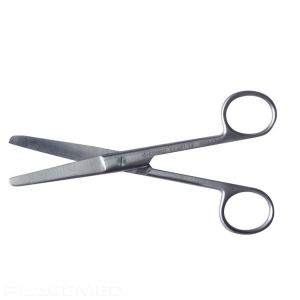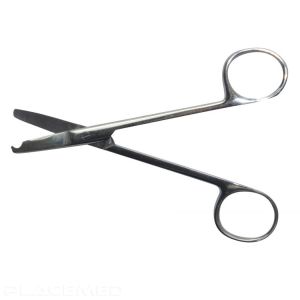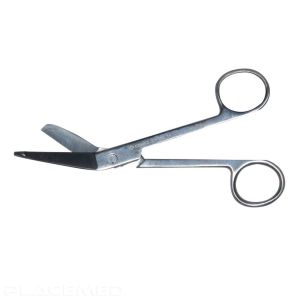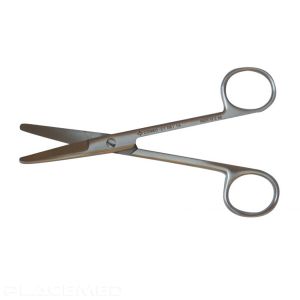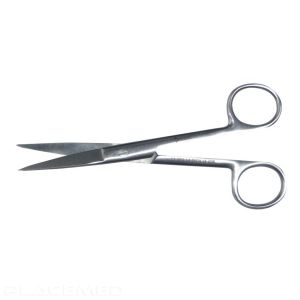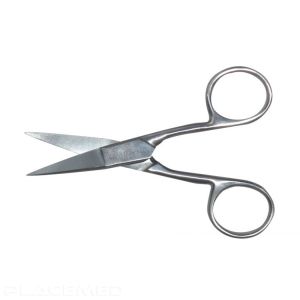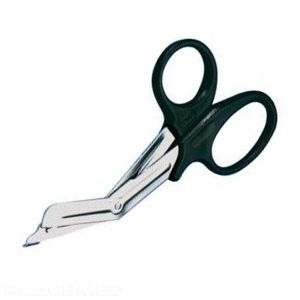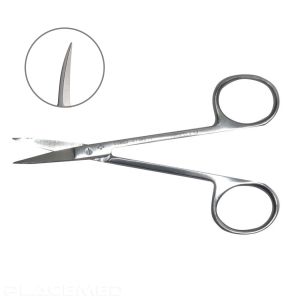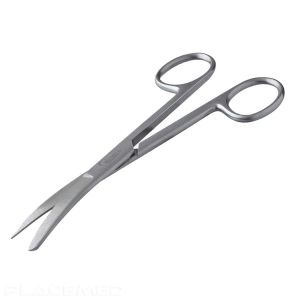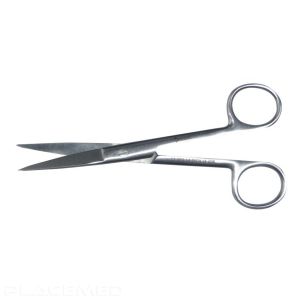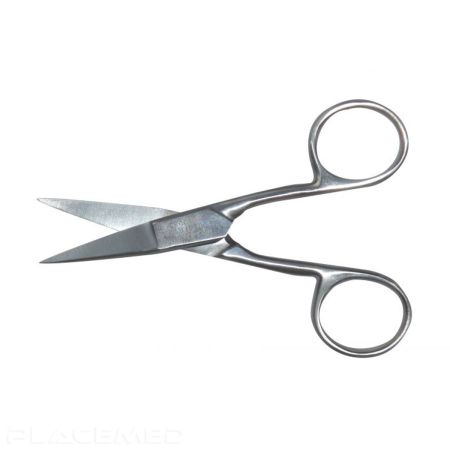
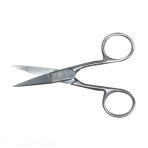
Comed 10cm Straight Nail Scissors - Superior Quality
Comed 10cm Straight Nail Scissors, designed for precision in manicures and pedicures.
- Optimal 10 cm length
- Made of durable stainless steel
- Straight design for accurate cutting
- Ideal for manicures and pedicures
- Essential for professional home care
Estimated shipping time: 15 business days
A trusted intermediary
Certified professionals
Secure transactions
Certified professionals
Secure transactions
2.13€ Excl Tax
2.56€ Incl Tax
Estimated delivery on 22/01/2026
Factory Direct
Customer reviews
Read reviews
Specifications
| SKU | CM C1 110 10 |
|---|---|
| EAN |
ND
|
| Brand | COMED |
Description
Description - Comed 10cm Straight Nail Scissors - Superior Quality
The Comed 10 cm Straight Nail Scissors are the ideal tool for precise manicures and pedicures. Made from high-quality stainless steel, they provide durability and strength. Their straight design ensures a clean and accurate cut, suitable for both professionals and personal home use. Using these scissors contributes to perfect hand and foot hygiene, preventing ingrown nails and ensuring regular nail maintenance.
Reviews (0)
 Francais
Francais 

